RETRO – Arrakis, also known as the Dune, is one of the driest desert planets in the galaxy; nothing grows on it, and not a drop of rain has been seen for as long as anyone can remember. Yet there is something that makes the planet the target of fierce, bloody battles: it is almost saturated with ‘spice’, a substance essential for space travel, prolonging human life and expanding consciousness. The three aristocratic families of the imperial empire are engaged in a life-and-death struggle to gain control of Arrakis by exterminating the other two. The noble Atreides, the vile Harkonnens and the treacherous Ordos are not indiscriminate in their methods, for “he who controls the Spice controls the universe.”
After Star Wars and Star Trek, Dune is slowly growing into one of the most popular universes in computer gaming. Frank Herbert’s original novel and the David Lynch film based on it have served as the basis for Cryo’s strategy once and Westwood’s four times. Also in the pipeline are Cryo-like, online-only Dune Generations and the action-adventure Dune.
With the just-released Emperor: Battle for Dune, Westwood is keen to prove that they are still the most worthy to adapt the most popular work of science fiction literature. While the fundamentals of real-time strategy haven’t changed much since the genre-setting Dune 2, the company is debuting its brand new, rotatable, zoomable 3D engine in this game, which boasts effects worthy of the still spectacular 1984 film. However, the test of the most appetising pudding is in the eating: let’s see if Westwood has managed to create something in terms of gameplay that should ‘wake up’ gamers tired of traditional RTSs.
“Usul, we have a wormhole that even God has not seen!”
But before we get into that, let’s first look at the changes to the graphics. Westwood’s new 3D engine really deserves all the accolades: it’s beating the likes of Dark Reign 2, Operation Moon, or Z: Steel Soldier – the most beautiful real-time strategy game so far is Emperor’s rendering.
The sand dunes, sprinkled with red spice, are so lifelike that you almost want to run your fingers through the fine dust particles. Being a desolate wasteland, the variety of landscapes is certainly not on a par with Age of Kings, but no game has ever depicted this environment so beautifully.
Some missions take place on the planets of rival families – unfortunately, the landscapes were less elaborate (especially on Caladan, the Atreides’ planet with its vast lakes and green forests, could have been more detailed): the designers seemed to have focused mainly on Arrakis.
But the huge worm is stunningly impressive. This monstrosity lives deep in the planet’s sands, and at the sound of any loud, monotonous noise, it bursts to the surface to devour its hapless victim (which could be a giant spice harvester) with its horrific mouth. The previous Dune games have tried their hand at making the worm look atmospheric, but compared to this one, they’re earthworms! You don’t always get to see the beast in its entirety: most of the time it’s only half-swimming in the sand, but sometimes it will burst out from under the sand with its huge mouth wide open and devour half your army!
At the beginning of the game, when I was only fighting with a few dozen units on the field and the enemy wasn’t fielding entire armies, I was still snapping in appreciation at how well the Westwood guys could optimize code. Then, as the action picked up and the battle raged on, more and more tanks, laser cannons, walking mech robots and other machinery came crashing down and exploding in the air.
“Tell us about your home, Usul!”
As you might expect, the story is not even close to the original Frank Herbert’s work, with its high machine-intensity but wonderful graphics. Again, we are roughly two hundred years before the first Dune novel. The ruler of the empire we know from the previous instalment is the victim of a villainous assassination attempt: a Bene Gesserit priestess kills him with a poisonous needle, the Gom Jabbar. The real power is not the Emperor, but the Merchants’ Association, who call together the three noble houses, the Atreides, the Harkonnens and the Ordos, to decide among themselves which house should rule, but only to keep the spice trade running smoothly. Of course, the question of who rules could be settled by a simple straw poll, but then there would be no game, so all three opt for the obvious solution of war and mutual extermination.
Later on in the story, we have the usual Westwood twists and turns – a bit clichéd, but still consumable: intrigue, fratricide, patricide, secret, forbidden biological experiments, Fremen and Sardukar allies, unexpected betrayals, etc.
The cast is a notch worse: compared to Red Dream 2, for example, there were at least 3-4 stars, but here we have Michael Dome (he plays Worf in Star Trek), and the rest are either amateurs or familiar from B-movies.
Anyway, the slightly sweet-smelling performance wouldn’t have bothered me too much, but it’s much more annoying that they’re trying to copy the Dune movie cast on a “control c/control v” level for the second time.
For example, Harkonnen’s blond baddie makes a terrible effort to resemble Sting, and of course, we have the fat Baron and his Rabban counterpart, and on the other hand, they couldn’t help but make the Atreides’ saviour look just like the Thufir Hawat in the film.
The rendered war details bring the traditional Westwood quality, but unfortunately, there are very few of them: it’s as if the company has been a bit stingier in this area since Red Dream 2…
“The spice must flow”
It’s no coincidence that I’ve left the gameplay changes for the second half of my article: unfortunately, there’s not much new to report. In the successive levels, the basic objective is the same as it has been a thousand times before: to mine as much raw material (spice) as quickly as possible, finance and build military or scientific buildings and then produce various vehicles and combat units to throw it all at the enemy. Of course, they are not idle either, so it is advisable to build up your defences (which are unfortunately minimal in the Dune series) and to have a reserve of every type of vehicle and weaponry to effectively repel attacks – like the rock-paper-scissors logic, everything has its own counter-measure.
There is a need for a good flow of spice, so sometimes you have to fight your enemies terribly hard to protect your huge harvester or to destroy theirs. (In this respect, the Dune series and Emperor are more dynamic than, for example, Age of Kings, where there are four resources by default and the unit development is much more complex.)
“My name is a killing word…”
Basically, there is nothing new under the sun of Dune, but besides the 3D graphics, the well-known RTS presentation has been spiced up a bit with a few ideas. The most important new feature of Emperor is the dynamic map: now you don’t have to do missions one after the other, but you can attack in different directions! Different areas to conquer will present different enemies, with different tasks and difficulty levels. And when we return to the main map after successfully completing the missions, the next round will see rival houses attacking each other or us. In the latter case, you can defend against them (in which case you have to take down another mission), or even give up the territory if, like Hannibal, you’re already on the verge of a final confrontation by bashing down the gates of another enemy house.
I really liked the fact that you can get your allies in non-linear missions, and they don’t just automatically come to you for one or two missions like in the old Dune games. For example, when fighting alongside the Atreides and saving a large Fremen village from the Harkonnen attack, you get a new building type from the next mission onwards where you can now train their desert warriors.
Each ally has special, elite units that can be used to wreak havoc on enemy ranks. In the case of the Fremen, these are the Muad’Dib fanatics known from the novels and the film, the Fedaykin, who use their sonic weapons to sweep away armoured tanks with a single roar. These elite Fremen are not only good at attack, but also at defence: for example, in the last mission, almost a single Fedaykin defended the base for a long time by hiding behind a rock, waiting for the enemy’s slowly approaching tanks, then rushing forward at the right moment, blasting them to smithereens with his sonic weapon, and then tactically flying back.
Playing as the bad guy Harkonnen or the Ordos Wolves, you can join the Teilaxu, who excel in biological warfare rather than brute (fire) force. One of their specialities is zombie-like, grunting and disgusting creatures: by making enemy soldiers sick, they create others like themselves, who then further infect the rest. This would be great fun, but in my experience, they move too slowly, so by the time they even get into action they’ve been hacked to pieces with a field machine gun.
Even more effective are the lightning-fast “leach” larvae of Teilaxuk, who specialize in combat units and harvesters instead of humans. If one of these gets close to an enemy vehicle, it will spit a big one at it, infecting it instantly, slowly rushing down, exploding and then the adult larvae will emerge from the wreckage. With four or five of these, you can inflict a huge blow on the enemy army, and they don’t even cost money…
The Ix Trading House sells weapons to anyone who will pay, but you’re more likely to come into contact with them during Atreides missions. Personally, I haven’t found them of much use: their self-destructing bombs that approach the enemy are expensive and the enemy usually shoots them down in time, and their tanks are fast but too vulnerable. Still to come are the sardukars, the former elite troops of the late emperor, who will be in the service of all three houses. With a formidable reputation for overwhelming even Fremen warriors, the sardukar special forces are weaker than the Fedaykin…
Emperor?
The more complex tactical map, the resulting more branching gameplay and the four allies really ups the gameplay of Emperor compared to the previous episodes, but I’ve pretty much summed up the notable new features with the otherwise really amazing 3D visuals. What’s missing? For example, the fact that you can’t upgrade your unit’s immunity or attack power, or create a stronger unit beyond the field wall is still old news compared to Warcraft, Age of Kings, etc.
The AI isn’t great either: I’ve had my marauding units stand stunned until a nearby enemy defensive cannon shot them apart. The machine is not known for its tactical thinking either: during most missions, they just came forward like a moron, instead of taking reserve or attacking from a different direction after a while.
I’m sure that the few innovations and 3D graphics won’t impress those who are already fed up with the really horribly repetitive genre of RTS. It’s also beyond me why they can’t, for example, mix the territory-occupying part of Defender of the Crown with real-time battles. (The current dynamic map may be an attempt in that direction, but it’s still a rather bold step.) And the satiated Americans would certainly not stop progressing if they at least served up a slightly more complex gameplay menu for strategy.
But then, there is no more apt analogy for today’s games market than the Dune series: like spice, dollars need to ‘flow’ as fast as possible and with as little investment as possible…
-BadSector- (2001)
Pro:
+ Beautiful 3D graphics with lots of effects
+ Dynamic map, allies
+ Great gameplay…
Against:
– …but we’ve seen it a thousand times
– We can’t upgrade units and defensive buildings
– Slightly simplified
Publisher: Electronic Arts
Developer: Westwood Studios
Style: RTS
Release date: 12 June 2001.
Emperor Battle for Dune
Gameplay - 7.8
Graphics - 8.2
Story - 8.2
Music/audio - 7.8
Ambiance - 8.4
8.1
EXCELLENT
I'm sure that the few innovations and 3D graphics won't impress those who are already fed up with the really horribly repetitive genre of RTS. It's also beyond me why they can't, for example, mix the territory-occupying part of Defender of the Crown with real-time battles. (The current dynamic map may be an attempt in that direction, but it's still a rather bold step.) And the satiated Americans would certainly not stop progressing if they at least served up a slightly more complex gameplay menu for strategy. But then, there is no more apt analogy for today's games market than the Dune series: like spice, dollars need to 'flow' as fast as possible and with as little investment as possible...

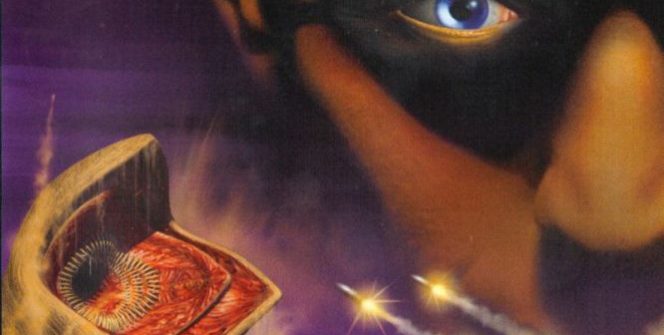

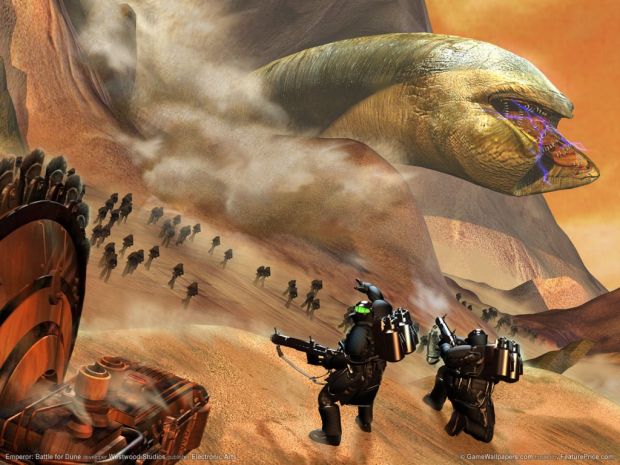


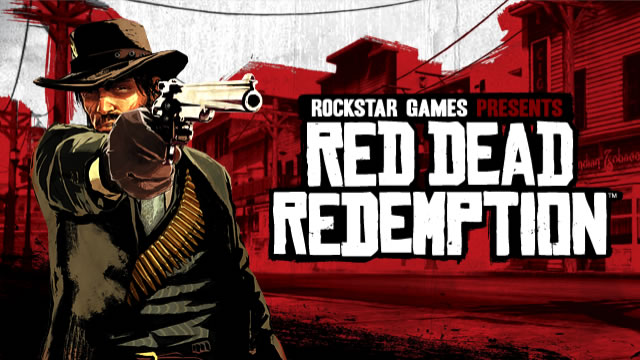
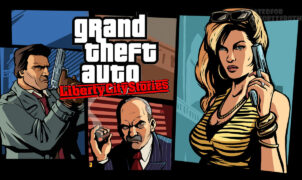
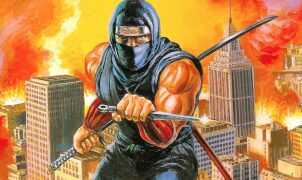
![Vampire: The Masquerade - Bloodlines – Prepare for Your Final Sunset! [RETRO-2004]](https://thegeek.games/wp-content/uploads/2025/10/theGeek-Vampire-the-Masquerade-Bloodlines-302x180.jpg)

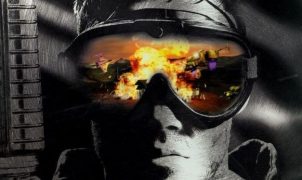
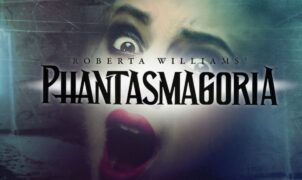
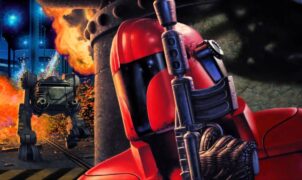
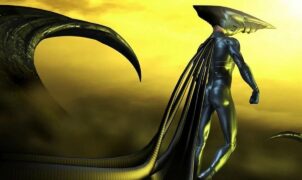

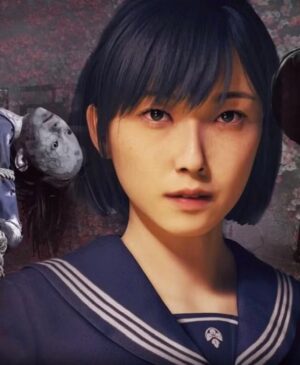
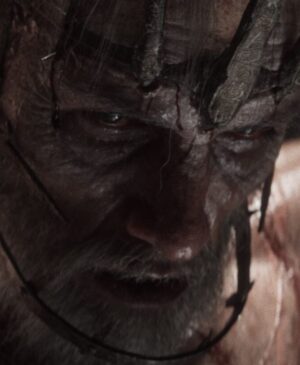
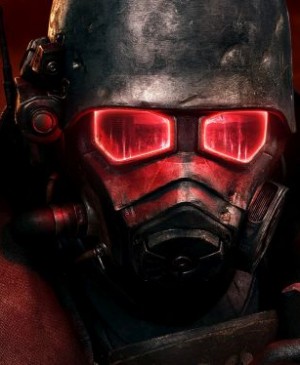
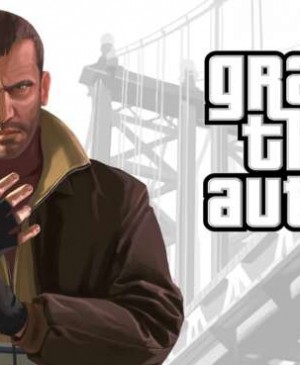
Leave a Reply